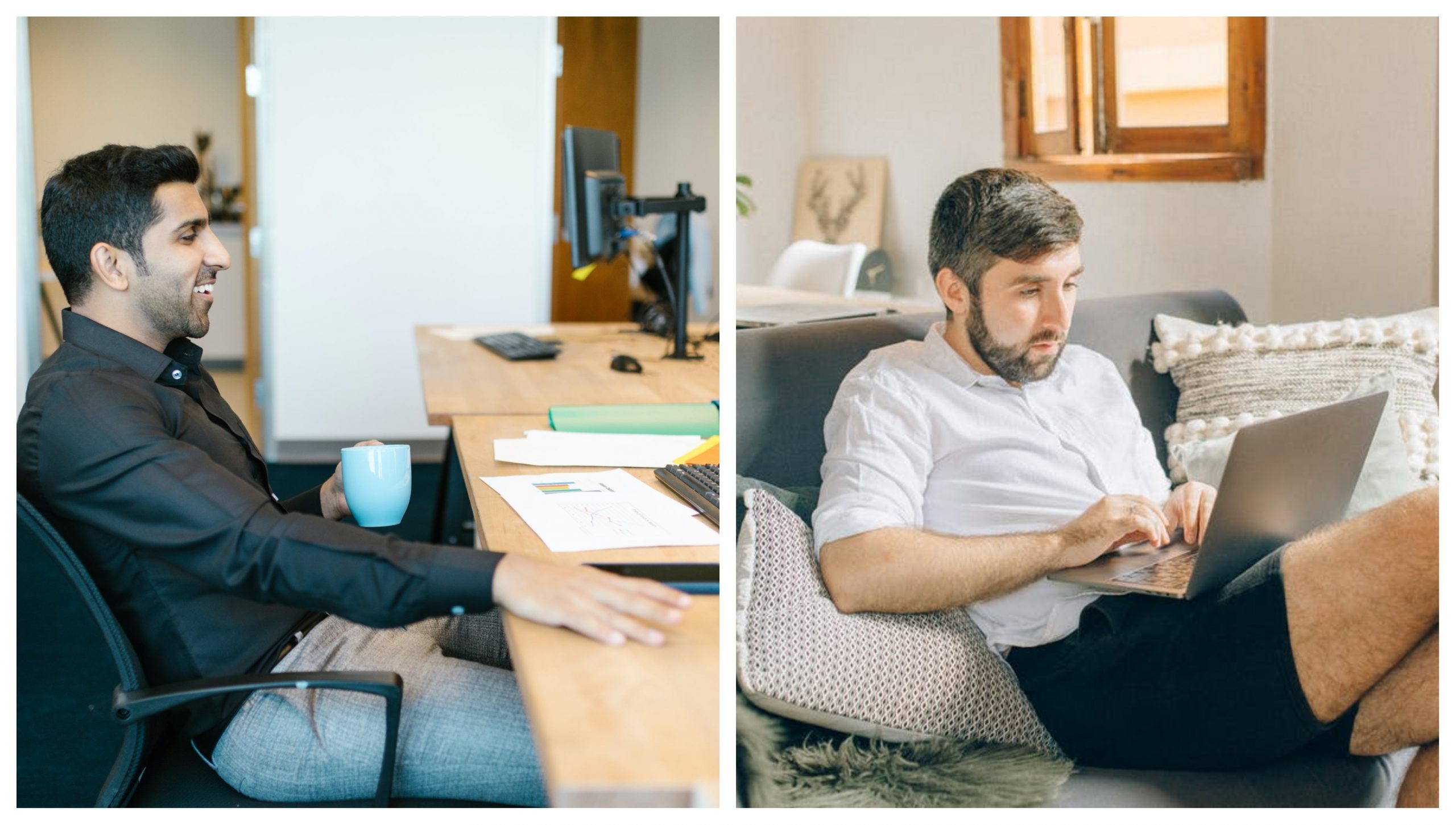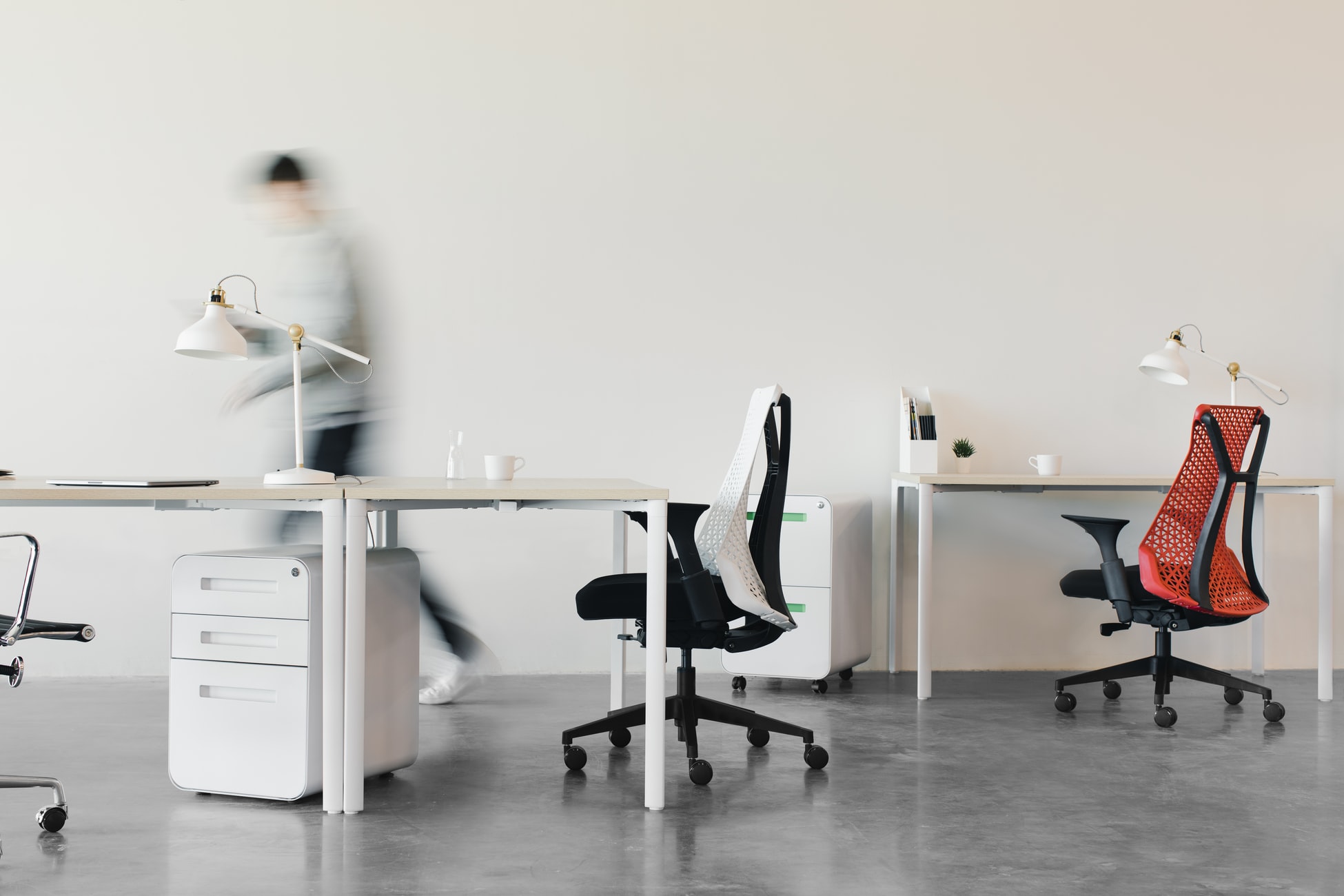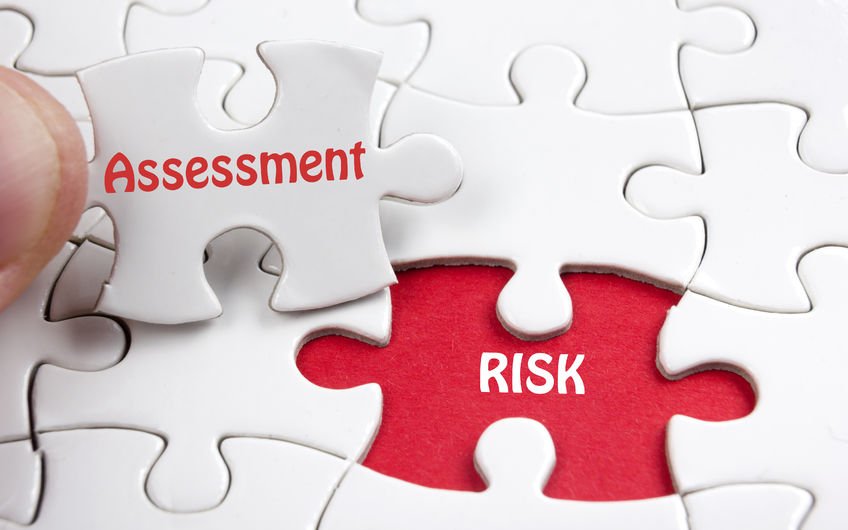BLOG
The health and safety implications of hybrid working

Hybrid working seems to be emerging as the favoured post-pandemic approach. However, as well as being a significant business decision from a people, culture and employment law perspective, moving to a mixture of home and office working will have health and safety implications.
You may have trialled remote working over the last 15 months and, if so, you will hopefully have already taken measures to ensure staff can work comfortably and safely from home. Even so, deciding to make this a more permanent arrangement or rolling this out more widely will require employers to give their risk control measures more thought, as this is no longer a ‘temporary’ solution and employees will need to be able to work safely from both locations.
Here’s what you need to know.
Health and safety law still applies
You might think that your safety responsibilities begin and end in the workplace. In fact, the provisions of the Health and Safety at Work etc Act (HSWA) 1974 extend to homeworkers, too.
Whilst an individual is at work, whether in their home or not, they are under the employer’s duty of care. This means employers need to consider the sort of work people are doing, whether they have the equipment needed to carry out their role safely, what communication mechanisms are in place, what mental health support they might need, and how they can report any issues.
Though generally what we usually consider to be a safe environment, there are things within the home that have the potential to cause harm. These hazards must be eliminated wherever possible; where this can’t be done, controls measures must be put in place reduce the risk to as low a level as is reasonably practicable. Common mental and physical homeworking hazards include:
- Working alone with no direct supervision, making it harder to raise the alarm in the event of an emergency
- Work-related stress and feelings of isolation resulting from a propensity to overwork and a lack of interaction with colleagues
- Loose cables, paperwork lying around and other clutter, leading to slips, trips and falls
- Faulty or dangerous work equipment, equipment that isn’t fit for purpose, or using equipment incorrectly, leading to injury
- A small increased fire risk within the home due to additional electrical items found in the home office
- Incorrect Display Screen Equipment (DSE) and workstation set-up, leading to postural problems, eye strain, and other ailments
Workstation set-up is a particularly important consideration when hybrid working, as this will mean employees have more than one designated desk/workspace. If you are using hotdesking to accommodate a hybrid approach, they may even be using a different workstation every day. If so, do hybrid workers have the equipment they need in each location? Have they had the information, instruction and training to be able to set up and use a workstation correctly? If not, it might be time for a refresher around DSE.
Did you know? Musculoskeletal disorders are the second biggest cause of work-related ill health, behind stress, depression and anxiety. Both of these health problems can be caused or exacerbated by a home/hybrid working approach, so they should be carefully considered in your homeworking risk assessment and suitable controls measures should be put in place.
Related Content
Do you need support?
Speak to us for an honest, no obligation chat on:
0345 226 8393 Lines are open 9am – 5pm
A one-size-fits-all approach may not work
It’s important to remember that what may work for one might not work for others. For example, some will relish the idea of being able to work undisrupted at home, while others might benefit from a bustling office environment which gives them opportunities for social interaction or provides an escape from busy family life.
Before enforcing a hybrid approach, it’s worth bearing in mind the potential consequences on individuals who may struggle with being remote as well as those who would benefit from it, taking into account people’s role, personal circumstances and how they work best. If it’s not feasible to take an individualised approach, consider other ways to prevent any detrimental impact on mental health – including having regular check-ins, helping employees to manage their workload and encouraging them to take breaks.
Importantly, with 35% of normally office-based workers reporting a decline in their mental health since working from home, and more than 40% attributing this to their inability disconnect from work, allowing employees to switch off is essential to maintaining a healthy work-life balance.
You’ll need to equip your staff (but it doesn’t have to cost the earth)
Another question employers often ask when considering home or hybrid working is ‘what equipment do we need to provide?’ While you don’t need rush out and buy everybody a new desk or kit out their home office – indeed many businesses wouldn’t be in a financial position to – you do need to ensure that people can work safely and effectively.
To help you identify what’s needed, we recommend having everybody complete a homeworker assessment (see our ‘Homeworking Checklist and DSE Risk Assessment’ above, which is free to download). Some organisations have decided to send somebody into people’s homes to do this but this is best avoided at present due to the ongoing COVID-19 pandemic. Fortunately, these assessments can be completed remotely and are essentially a questionnaire, with the aim of determining what people have in their home already and what additional equipment they need. (Any equipment must be safe to use, i.e. PAT-tested).
It may be as simple as providing a laptop riser, an additional screen or wrist rest, or simply helping them to make adjustments. This equipment should be provided at the employer’s expense; however, by conducting an assessment, you can identify exactly what’s needed. There’s also no reason why desks and other equipment that is no longer needed in the office can’t be provided for staff to use at home or kept to one side in case somebody requests it.
This doesn’t have to be an expensive exercise, but it is important to get right, as the correct equipment can prevent costlier issues such as injuries, stress and less-productive staff.

Don’t forget, the Display Screen Equipment Regulations, though introduced in 1992, still apply today and will be highly relevant to hybrid workers.
Don't forget about driving
When thinking about the health and safety implications of hybrid working, something people often fail to consider is driving.
First of all, employees will need to notify their insurer that they are working from both the office and their home. For instance, if they declared to their insurer at the beginning of lockdown that they are working from home, and their employer now requests that they attend the office, they may not be covered under their current insurance.
Secondly, if the employee will be expected to travel to multiple offices or locations as part of your hybrid approach, they will be considered to be driving for work purposes. If this is the case, the provisions of the HSWA will apply and the employer will also be responsible for the employee’s actions under what’s known as ‘vicarious liability’. As such, you may need to review your driving to work policy and consider implementing suitable safety precautions, including:
- Making sure they are insured
- Making sure they have a valid driving license
- Checking MOT certificates and service history
- Providing driving safety information in regard to mobile phone use, etc.
- Confirming that they are safe to drive (i.e. making sure that they don’t drive after a night shift without proper rest, and that there are no other factors that could compromise their ability to drive such as a medical condition)
Employers are vulnerable to prosecution for offences ranging from corporate manslaughter to aiding and abetting in the event of a serious incident and businesses have been prosecuted in the past. With this in mind, it’s certainly not a case of ‘what happens behind the wheel isn’t our business’.
A Smith Gt. Bentley Ltd
Want to make sure you're meeting your responsibilities?
Our Health & Safety specialists can answer all your hybrid working queries, support you with policies, risk assessment and documentation, and help you to confidently cover all bases so that risk remains at a minimum wherever your staff work. For peace of mind, call 0345 226 8393 or request your free consultation using the button below.
Sign up for the latest news & insights
Resources
Latest News & Insights

Work from wherever? | Things to consider before allowing employees to work from abroad
BLOG Written by Alexandra Farmer on 25 May 2022 A few years ago, the idea of working from anywhere in the world seemed like a pipe dream.

Reduced workforce? Here’s 5 health and safety areas you need to revisit
BLOG Written by Charles Spencer on 18 May 2022 In 2022, a growing number of businesses have moved, or are in the process of moving,

Fee for Intervention | Why health and safety breaches could cost your business more in 2022
BLOG Written on 16 May 2022 It’s a well-known fact that poor health and safety practices cost businesses money. And with the HSE recently announcing yet another

Remote work isolation | How employers can help combat loneliness
BLOG Written on 12 February 2021 While the benefits of remote work are seemingly boundless, often overlooked is the isolation and disconnectedness that it can

Time off for getting married or moving house
BLOG Written on 12 May 2022 There are certain big life events that can sometimes get in the way of work. Whether it’s a wedding

Recent cases highlight continued work at height failings
BLOG Written on 6 May 2022 Working at height continues to be the leading cause of work-related fatality. According to most recent HSE figures, these

Managing organisational change | How to keep people happy
BLOG Written on 28 February 2022 In the direst of circumstances, humanity’s true capacity for adaptation and perseverance can be realised. Where the business world

5 ways to combat 2022’s recruitment challenges when you can’t pay more
BLOG Written by Christian Vincent and Hannah Copeland on 15 April 2022 In 2022, recruitment and retention are fast becoming employers’ biggest challenges. With people

A war of words | Managing employees’ political views on the Russia-Ukraine conflict
BLOG Written by Lesley Rennie on 13 April 2022 The war in Ukraine, and the daily news reports of fatalities, continues to spark conversation in






